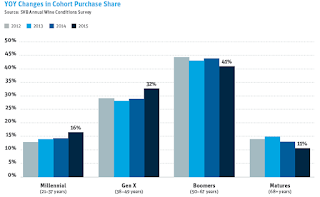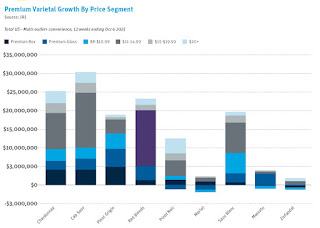•The Winebow Group is adding a new Cognac, Bache-Gabrielsen, to its import portfolio. Among Bache-Gabrielsen’s lineup is a new offering exclusive to the U.S. market, American Oak ($40), which is said to be the first Cognac to be aged in … Continue reading →
The post News Briefs for June 13, 2016 appeared first on Shanken News Daily. Read more







